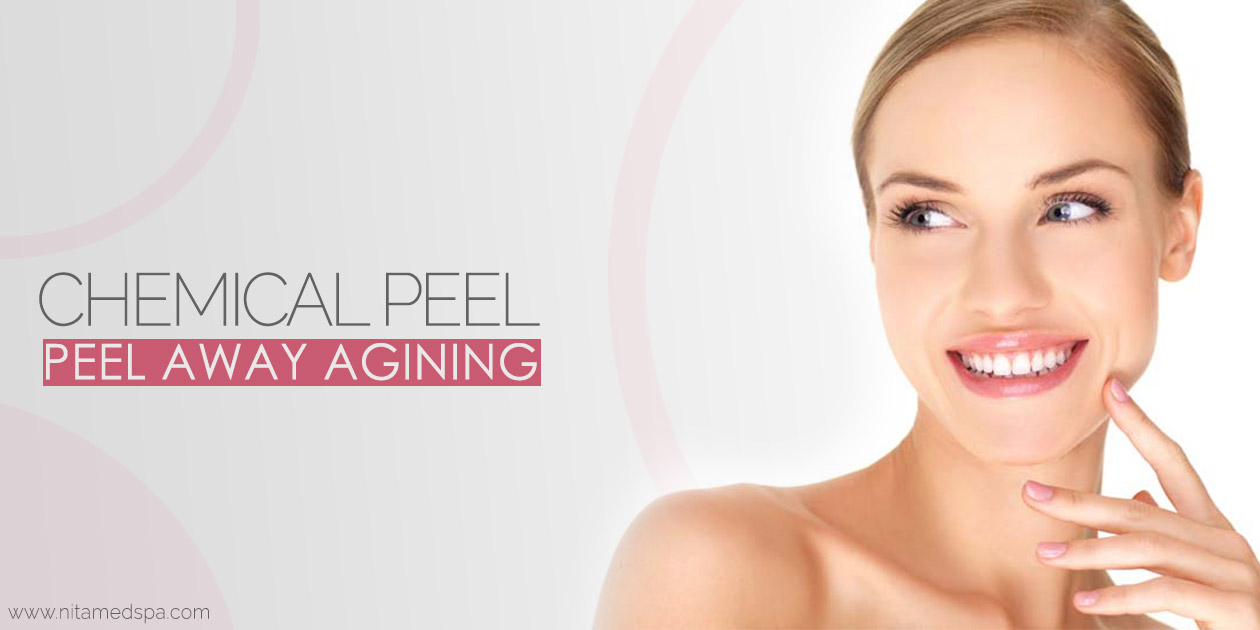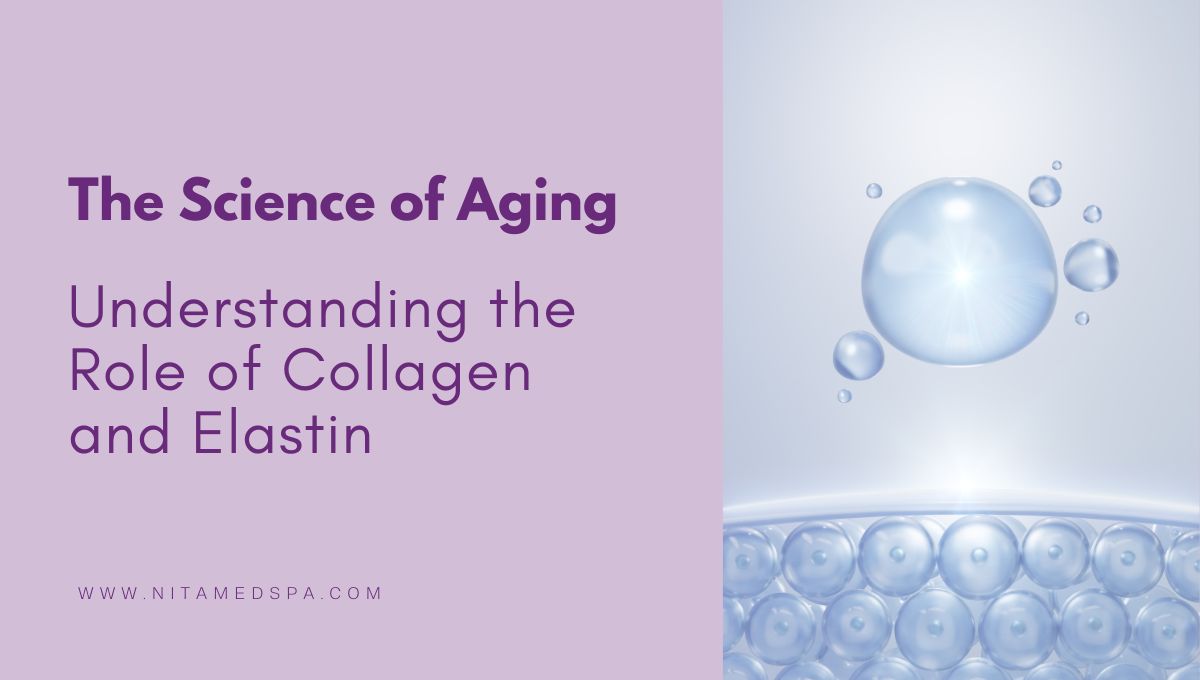Chemical peels have been used for hundreds of year to improve the skin’s appearance. They remain a widely used, useful part of a dermatologist’s armamentarium, and they can be helpful in the treatment of a number of skin concerns. There are several different types of chemical peels, and they are often classified based on their active ingredients. The following is a description of the most common types of peels and an explanation of what they can (and can not) accomplish.
What Are Chemical Peels?
Chemical peels involve the application of acidic (or less often, basic) solutions to the skin. They work by causing exfoliation of the top layers of skin. In doing so, they remove some of the pigmentation and signs of sun damage and give the skin a “fresher” look and appearance. They can also unclog pores and (modestly) stimulate collagen production. There are several different types of peels, and their effectiveness and side effect profile depend on their ingredients, concentration, and, in some cases, the length of time that the peeling solution is left on the skin.
Chemical peels are usually classified by the depth of peeling they cause. Many peels done today are superficial or light chemical peels. These cause peeling in the top layer of the skin (the stratum corneum and the epidermis) and sometimes into the upper portion of the second layer (the dermis). Medium depth peels will cause peeling in both the upper and the deeper layers of the skin, while deep chemical peels will cause peeling into the deeper part of the dermis. Some medium depth peels and virtually all deep chemical peels have been replaced with laser treatments, which are more predictable and, in some cases, more effective.
Why Get A Chemical Peel?
Chemical peels are most frequently used to “freshen” the skin, as an anti-aging treatment, or to improve acne or/and skin discoloration or pigmentation.
The following skin concerns can be addressed to an extent with peels:
- Pre-cancerous skin growths (medium and deeper peels),
- Acne,
- Photoaging (skin aging induced by sun exposure),
- Hyperpigmentation (darkening of the skin),
What Are Chemical Peels Not Used For?
Peels are generally not helpful for treating deeper wrinkles, especially those caused by facial expressions. They will also not improve most cases of acne scarring or more severe sun damage. Finally, peels do not treat facial redness or “broken” blood vessels; laser treatments are required to improve these.
What Are the Different Types of Chemical Peels?
- Salicylic Acid Peels:
Salicylic acid is a beta hydroxy acid (BHA) which is often used for oily, acne-prone skin. It is used in low doses (up to 2%) in over-the-counter acne treatments. Salicylic acid peels in concentrations of 10-30% are done in med spas in cypress. Because salicylic acid is oil-soluble, these peels penetrate into the pores of the skin and are good at unclogging blocked pores. Because of this they can be useful for treating acne. Those who have an allergy to aspirin must avoid this type of peel.
- Glycolic Acid Peels:
Glycolic acid is an alpha hydroxy acid (AHA) which is naturally found in some fruits. It is the most widely used peeling agent and is available in strengths ranging from 20-70%. Glycolic Acid Peel used for moderate sun damage in order to “lighten” the skin, even out skin tone, or improve discoloration. Like salicylic acid, glycolic acid can also unclog pores and improve acne. The effects of this type of peel depend on the strength of the solution and on the length of time it is left on the skin.
- Trichloroacetic Acid Peels:
Trichloracetic acid (TCA) is a stronger peeling agent than glycolic acid or salicylic acid. 10-30% TCA peels are considered to be superficial peels while those that contain 35-50% TCA are considered to be medium depth peels. They are most often done for sun damage and can improve some fine lines and wrinkles. Medium depth TCA peels may take a week or so to heal (longer if done in areas other than the face).
- Combination Peels:
Combination peels usually utilize two or more active ingredients. There are several commercially available proprietary peels that combine several peeling agents, sometimes including ingredients such as lactic acid, citric acid or mandelic acid. Jessner’s solution is a specific type of combined peel that includes resorcinol, salicylic acid, lactic acid and ethanol. This solution is sometimes combined with TCA for medium-depth peeling.
- The VI Chemical Peel:
It is ideal for the loose, pigmented and bumpy skin that can be caused by the aging skin. Exposure to the sun and other environmental stuff that make your skin worse. You can not overcome aging but you can certainly make a difference with VI Chemical Peel in as little as 7 days. We, at Nita Med Spa, have over 10 years of involvement with fulfilled patients around the world. The VI chemical peel in Cypress smoothes bumpy, harsh skin texture, acne marks, pigment, anti-aging, skin tone, and textures, restores an even skin tone. This is a painless demonstrated process that works synergistically with particular VI Derm products to improve and expand your outcomes.
Where we at:
Nita Med Spa provides VI chemical peel in Cypress at affordable rates. Schedule today a meetup with our aesthetician who would guide you further regarding your skin condition and how many treatments you would require. We are at North West Houston Lakewood Town Square Center, 12712 Grant Road, Cypress, Texas 77429. Call us at 281 251 6172.













